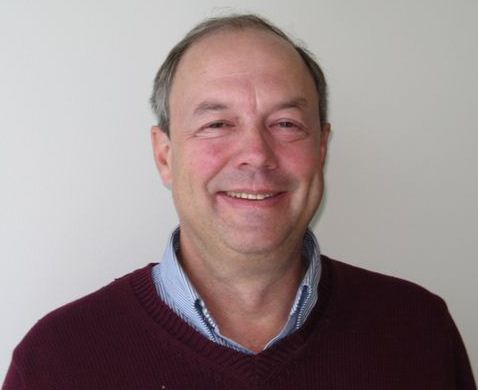
In recent years, technological breakthroughs have greatly enhanced the ability to map and monitor irrigated agricultural lands. Those advancements will be featured in a 10 a.m. March 28 seminar led by Christopher Neale.
Neale is a professor of civil and environmental engineering at Utah State University. His presentation, “Geospatial Technologies for Mapping and Monitoring Irrigated Agricultural Areas,” is free and open to the public.
The seminar, which is in 150 Keim Hall, is sponsored by the Daugherty Water for Food Institute.
Areas of expertise for Neale include irrigation and drainage engineering, precision agriculture and crop yield estimation using remote sensing and GPS equipment, irrigation water management and water demands estimates and the use of airborne and remote sensing systems to monitor and map river corridors, riparian vegetation, wetlands, and irrigated agriculture.
At Utah State, Neale’s research activities include energy balance studies and infrared monitoring of thermal features and springs in Yellowstone National Park; remote sensing of evapotranspiration and estimation of riparian vegetation water use in the Lower Colorado River; development of guidelines and specifications for the estimation of crop water use with remote sensing; and airborne multispectral and Lidar mapping of the Escalante River Canyon, Canyon de Chelly and Dinosaur National Monument for the National Park Service and US Bureau of Reclamation.
In addition to research and teaching duties, Neale is a registered civil engineer in Brazil with fluency in Portuguese and Spanish. He recently directed a joint effort between Utah State and stakeholders in Mozambique in the area of sustainable agriculture and forestry. From 1999 to 2004, he led a large mapping project for the National Water Resources Agency of the Dominican Republic using multispectral digital imaging.
Neale earned a doctorate and masters degree in agricultural engineering from Colorado State University. He received his bachelor’s degree in Civil Engineering from the Escola de Engenharia Mauá in São Caetano do Sul, Brazil.